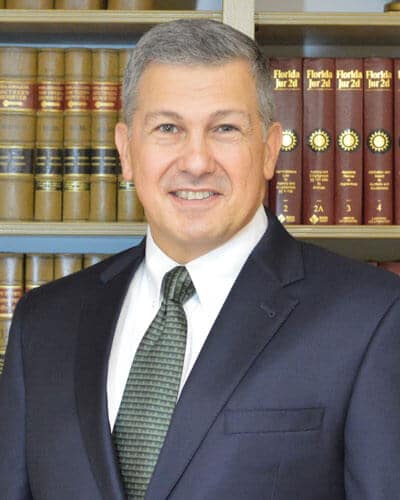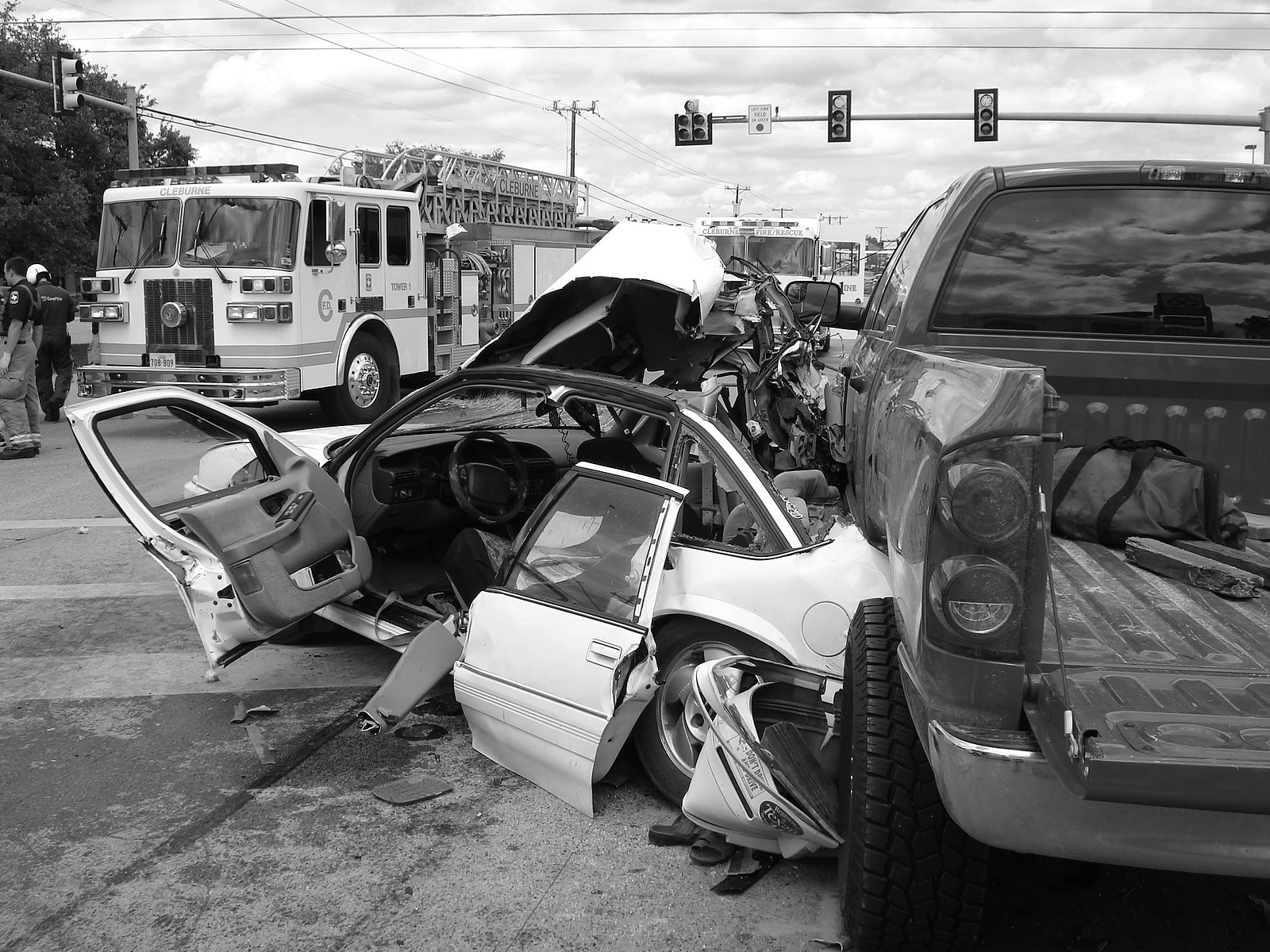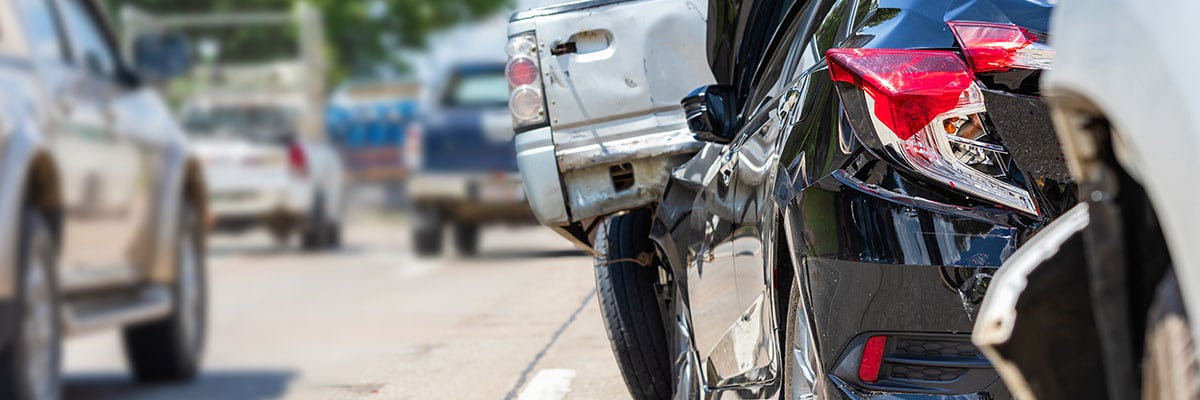
Car accidents can occur for many reasons, some of which may remain outside the control of either driver involved in the accident. Poor weather conditions, dangerous intersection designs, and even mechanical failures or malfunctions can all cause an accident that the drivers involved can do little to prevent. Even more accidents, however, occur as a direct result of human error or negligence.
What causes most accidents?
According to the NHTSA, speeding contributes to around 29 percent of fatal collisions yearly. Also, speeding drivers are more likely to engage in other dangerous behaviors while behind the wheel, including drinking and driving or failing to wear a seatbelt, according to a California Office of Traffic Safety study.
Why Does Speeding Pose Such a Potent Danger?
Speeding poses a grave danger on the road for many reasons.
Speeding drivers may need to react faster to any challenges around them.
The faster a vehicle moves, the quicker a driver must react to any changing circumstances. Anything from a change in the curve of the road to the behavior of another driver can require adjustments. Unfortunately, speeding drivers must react faster to those stimuli than other drivers.
Sometimes, speeding drivers may lack the reflexes necessary to manage those challenges and avoid the risk of a dangerous collision.
Speeding drivers may cause more damage when a collision does occur.
Speeding drivers not only face increased accident risk, but they may also cause more severe damage to themselves and others who share the road with them when they get involved in an accident.
Speeding places more force behind a potential collision, which can lead to more severe vehicle damage and higher overall injury potential than if a driver travels at a reasonable rate of speed. As a result, accident victims may be more likely to suffer devastating injuries like traumatic brain injuries, spinal cord injuries, or multiple broken bones.
Speeding drivers can prove more challenging to predict.
Drivers often rely on their ability to predict the behaviors of others on the road to help keep them safe from potential accidents. For example, a driver might know that drivers on a specific road usually travel at a particular speed. Generally, that means the driver has plenty of time to pull out into traffic.
However, a speeding driver could arrive at the intersection faster than anticipated, ultimately resulting in a devastating collision. Unfortunately, other drivers may not always realize that the speeding driver will need less time to reach a specific point, which can prevent those drivers from safely predicting the speeding driver’s behavior and avoiding a collision.
Speeding can make it more difficult to control the vehicle safely.
Even minor issues can prove more difficult to manage when a driver exceeds a safe rate of travel. For example, speeding drivers may have a harder time navigating around sharp turns, and the vehicle may prove more difficult to control in the middle of those turns, which can increase the risk that the driver will cause a devastating collision.
Why Do Drivers Speed?
Most drivers know the risks of speeding. Not only can speeding mean a hefty fine, especially if the driver exceeds the speed limit enough for a reckless driving citation, but it also poses a substantial danger. Unfortunately, a high percentage of drivers may choose to speed anyway.
Drivers often speed because they think it can get them to their destination faster.
Frequently, drivers choose to speed because they fall behind in their schedules, necessitating a faster arrival at their destinations. Pushing the speed limit may make drivers feel more in control of the situation, despite traffic snarls and other hazards that may prevent them from arriving at their destination on time.
In reality, however, speeding rarely saves drivers adequate time. Speeding may create traffic snarls that can delay the speeding driver from getting to his destination. Furthermore, if speeding does result in a collision, the speeding driver may not make that appointment at all.
Some drivers may speed because they enjoy the thrill.
Some drivers genuinely enjoy the challenge of keeping their vehicles on the road at a high rate of speed. They feel confident and in control of the vehicle. Unfortunately, many people also misjudge their ability to safely handle high rates of speed and the other challenges that may come along with those high rates of speed out on the road, which may mean a dangerous collision despite the driver’s confidence.
Drivers may speed due to distraction.
In some cases, distractions in the vehicle may make it very difficult for drivers to keep their attention on the road and navigate safely. Some drivers may get distracted by conversations or music, particularly loud music, and may become more likely to speed as they focus on that distraction instead of maintaining a healthy speed on the road.
Drivers may prove more likely to speed up after a long time on the road.
After spending hours on the road, some drivers settle into a road haze and no longer fully notice the speed of travel. As drivers spend more hours on the road, they may become increasingly comfortable behind the wheel, which may cause them to increase their rate of speed. While that speed may increase gradually at first, it may become more intense over time, increasing the odds that the driver will end up traveling at a high rate of speed and eventually causing a dangerous accident.
Some drivers speed more often over familiar roads.
Drivers often get into more of a hurry as they get closer to home. They feel comfortable on those roads. They know they have just minutes left before finally arriving at their destinations. Unfortunately, that can cause them to increase their rate of speed to get there just a little faster.
Some people grow impatient as they near home. Others may simply feel more adept at navigating the streets they travel regularly. While those drivers may feel comfortable, however, they may not necessarily offer a safe experience for others who share the road with them.
Furthermore, hazards can crop up on even the most familiar roads: a child or animal running out in the street as the driver gets close to home, for example. Controlling the rate of speed even in safe, comfortable neighborhoods can decrease the risk of a severe accident.
Some drivers, especially young drivers, may speed to show off.
Some drivers may increase their speed to show off, either for their passengers or others near them in the vehicle. Young drivers, in particular, may prove susceptible to peer pressure, which could cause them to engage in dangerous behaviors despite knowing the potential risks. Drivers who do not feel comfortable traveling at higher speeds may prove more likely to cause a dangerous collision because of their behaviors.
Drivers may speed out of frustration when they get out of a tight spot on the road.
Often, some of the most reckless and dangerous behaviors out on the road, including high rates of speed, occur because the driver grows frustrated and drives aggressively. For example, some drivers may prove more likely to speed after getting stuck behind a driver traveling well below the speed limit. Drivers may also prove more likely to speed when they break out of a traffic jam or the heavy traffic often seen around rush hour.
How to Avoid Speeding Drivers
Dealing with speeding drivers around you can feel incredibly frustrating, especially if you do not feel comfortable driving at the same rate of speed. Speeding drivers may tailgate, swerve in and out of traffic, or engage in reckless behaviors that can make you feel unsafe around them.
Move out of the way if possible.
If you can transfer to another lane, you may have the ability to get out of the way of a speeding driver. Moving out of the way allows the driver to continue on his own path and lets you continue at a speed that feels safe.
Do not attempt to match speeds or exceed the speed of a driver violating the speed limit.
In some cases, you may feel tempted to try to slow the speeding driver down or get in his way: for example, matching speeds so that he cannot change lanes to get around another vehicle. However, these steps can increase road rage and may frustrate the speeding driver.
Pull off the road if you feel unsafe.
If you feel unsafe sharing the road with a speeding driver, try to pull off the road to a safe location. If you pull off the road, you may want to call the non-emergency line to report the speeding driver’s dangerous behavior to the police, who can then deal with it appropriately.
Pay close attention to other drivers on the road.
Always keep your attention on the road and other drivers around you, especially in cases where you observe a driver engaging in dangerous or reckless behavior. If you keep your attention on those drivers, you can respond more readily to reckless behavior that could put you in danger.
What to Do After a Collision with a Speeding Driver
A collision with a speeding driver can cause devastating property damage and substantial injury to everyone involved in the crash. You likely reported the accident to the police immediately and, of course, should pursue immediate medical attention.
What comes next?
- Make notes about the behavior you observed, including any memory you might have of your speed, if possible. Your memory of the event, including your speed at the time of the incident, may fade quickly after the initial accident, so documenting it as quickly as possible can help maintain that critical record.
- Commit to following your doctor’s instructions as you manage your recovery. You may have substantial injuries and a long road to recovery, especially after a high-speed collision. If you fail to follow the instructions issued by your care provider, you could increase your recovery time and make it more difficult to recover the compensation otherwise deserve for your injuries.
-

Car Accident Attorney, John E. Napolitano Keep track of all relevant information related to your medical treatment, your recovery and losses, and your medical bills. If you file an injury claim, your medical bills will serve as the foundation of the compensation you can recover. Failure to document those costs may make it more difficult for you to recover the compensation you deserve.
- Get a copy of the police report. The other driver may not have received a speeding citation, especially if the officer responding to the scene did not observe the behavior. You can still file an injury claim even if the other driver received no citation for speeding. However, you should check the police report for accuracy, including the accident’s date, time, and location and the parties involved.
- Contact an attorney to help you learn more about your rights after the accident. An attorney can help collect essential information about your accident as well as provide you with a better look at the compensation you may really deserve. Do not contact the speeding driver’s insurance company before you talk to an attorney.
Dealing with an accident involving a speeding driver can feel incredibly devastating. A lawyer can help you learn more about your rights, guide your next steps, and help connect you to the resources you may need as you manage your recovery and handle your finances after a serious accident. Contact a local car accident attorney as soon after your accident as possible to learn more.



